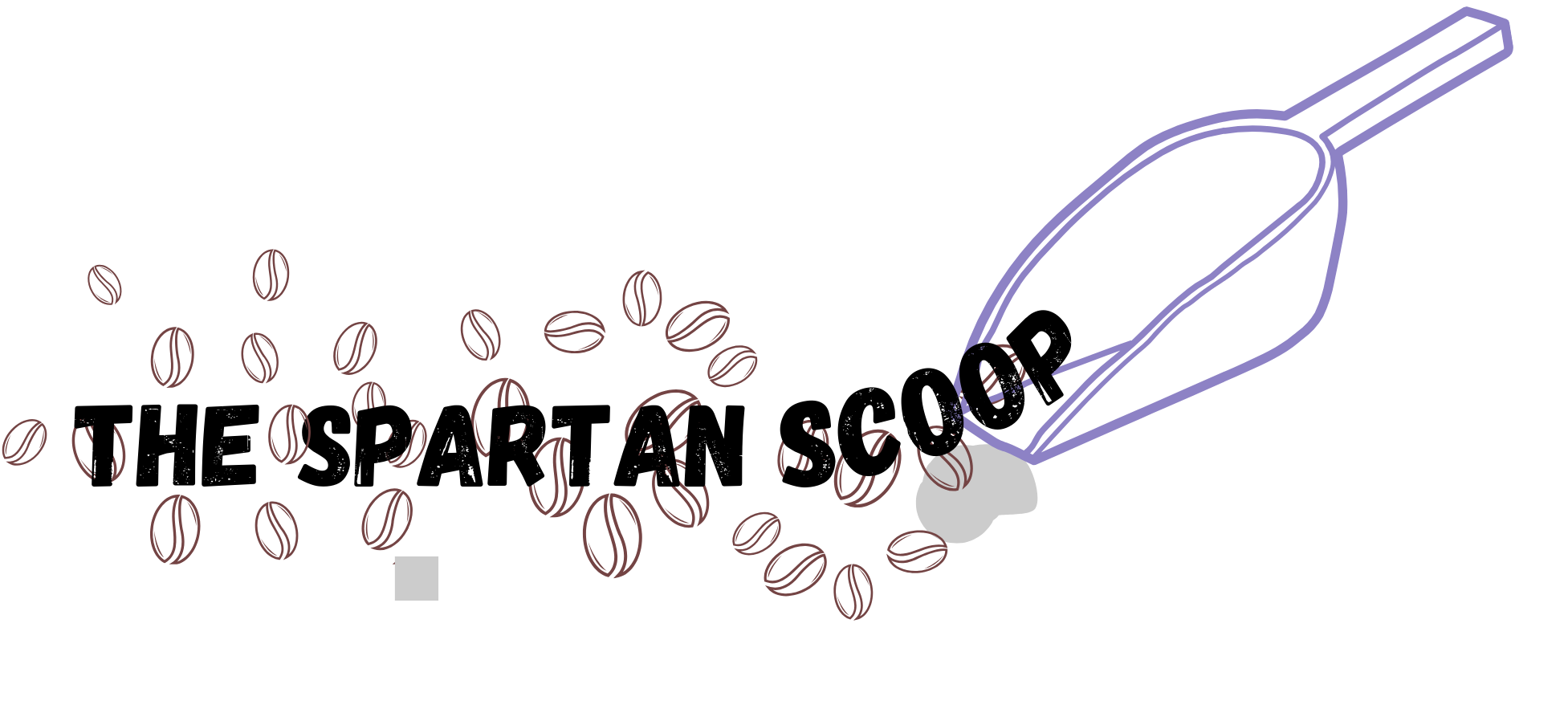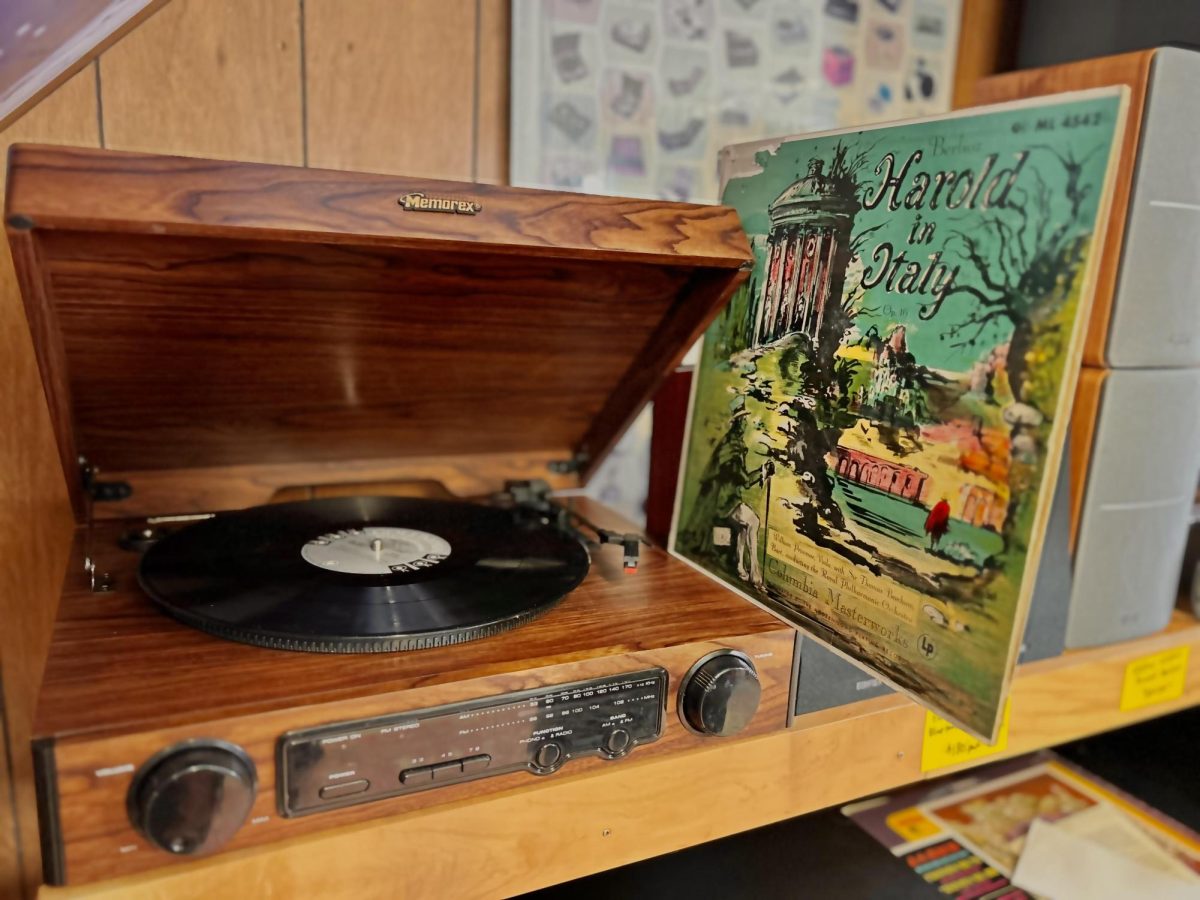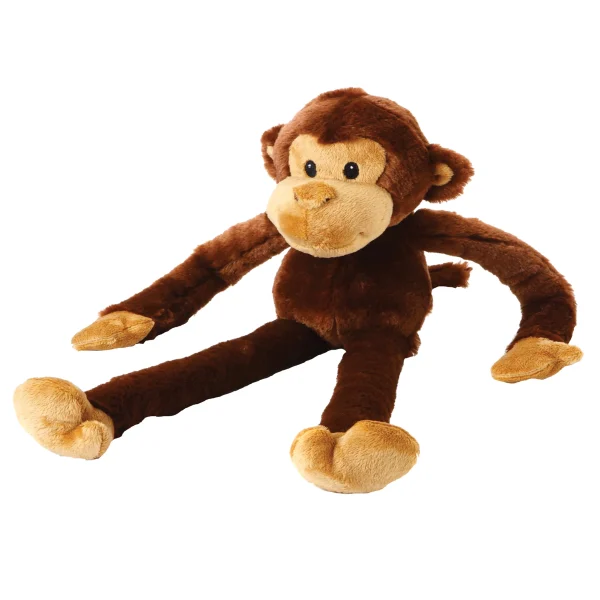All people like listening to music in one way or another. It is a way to slow down, bond with each other, a big part of pop culture, and to just enjoy the tunes. One way to consume music is vinyl records.
WHAT IS A VINYL RECORD?
The vinyl part of the record is just the material. The scientific name is Polyvinyl chloride that was first created in 1872 by a German chemist, Eugen Baumann. Polyvinyl chloride was seen as useless for a handful of years, until 1913 when it was patented in Germany after finding a new way to use it with sunlight.
1926 is when this material was first seen in the United States. Waldo Lonsbury Semon invented plasticized polyvinyl chloride; his goal was to make a substance that could bond to rubber and metal.
Now vinyl is the second most produced plastic in the world. It’s not just used to create records, it’s also been used for shower curtains, surface coatings, wires, appliances, and more.
Furnace Record Pressing explains the process that a vinyl record goes through to play music. Through different sized grooves that are created during vinyl pressing, the record needle travels through the grooves and vibrates, creating the sound.
THE FIRST VINYL RECORDS
Music records existed before vinyl records, but they were not made of vinyl. In the 1860’s Thomas Edison created a way to record sound called a Phonautograph.
Peter Goldmark, a Hungarian-American Engineer, created the first “long play” vinyl record in 1948. It could play twenty-one minutes for each side and was twelve inches long. The record played at 33 1/3 RPM. RPM stands for revolutions per minute, which indicates how fast the record spins on the turntable.
Shortly after, RCA Victor, a Consumer Electronics Company, created a seven inch record with a speed of 45 RPM. These two formats of records are the same that we use today. At those two speeds, it preserves the original music.
RCA also created a 78 RPM record, but those are not very common anymore nor are they worth anything.
As well as the record, it of course needs something to play it on.
There are three main types of turntables: automatic, semi-automatic, and manual. Each one has its own advantages and disadvantages; it just depends on the person to decide the best way for them to listen to their tunes.
One of the very first musical vinyl was Mendelssohn’s Concerto by Nathan Milistein on his violin.
HOW DID VINYL RECORDS CHANGE THE INDUSTRY?
Before long play (LP) records, full length albums weren’t something musicians created.
There wasn’t a good way to release a bunch of music at once. Since the first long play records could hold 20 minutes on each side of the record. This, in turn, opened many new opportunities for artists as being able to record, mix, and master full length projects was great for publicity at this time.
Following the LP vinyl records, came a new genre of music. When the twelve inch records were becoming widely available, Rock n’ Roll was flourishing. Some of the most revolutionary musicians in the 50-60’s included: Elivs Presley, Bill Haley, and Chuck Berry.
Not only did vinyl change the scene for publishing music, but for the Hip-Hop genre as well.
In 1974, DJ Kool Herc, also known as ‘The father of hip-hop’, would use two duplicate records during DJ block parties to “create extended rhythm sections”. A year later another DJ invented scratching. Scratching is essentially manipulating the vinyl in different ways under the needle to create new sounds.
These developments gave the hip-hop movement a lot of room to evolve.
The Sound of Vinyl explains that radio was also experiencing its “golden age” at this time as well. The combination of the radio airplay and record sales really pushed artists to succeed.
During all of the prosperity of the music industry, the vinyl record was still constantly evolving.
Changes of the turntable and stereo speakers continued as time went on. However, some of the technology wasn’t consistent with the rest of the growth of records that was happening.
THE DECLINE OF POPULARITY
The Sony Corporation created the first compact disc, the CD, in 1982.
Not only were CD’s more portable and reliable, cars started building CD and cassette players into them. This new and simpler way of listening to music created a quick shift, making vinyl record sales go down
Other devices like the MP3 player and walkman were portable devices that were gaining a lot of popularity as well.A lot of people liked the convenience of music, not the “immersive listening experience” that vinyl gives.
By the last decade of the 20th century, it was thought that no one would touch vinyls again, but that was not at all the case.
THE COMEBACK OF VINYL
According to The Conversation, vinyl sales have blown up in the past decade. In 2022 the sales of vinyl in the U.S was $1.2 billion, a 20% increase from the previous year.
This craze has been reflected by musicians as nowadays they will release a vinyl version of all the albums they put out.
Stage Music Center, a music school in Massachusetts, wrote an article about why people are so interested in owning records now. They explain people want to connect with the past or feel nostalgia, and “vinyl records provide a great way to do that”.
Stage Music Center said, “[vinyl records] are seen as a way to support artists and the music industry more tangibly”.
It’s said that the vinyl has a higher quality, crisper sound, and immersive qualities compared to the sound coming out of a phone for example. Because of the unique sound, more music fanatics have developed a deeper love for listening to music through a record.
Having to pick up a record, put it on the turntable, and set the needle makes the whole musical experience more personal and intentional.
WHY GET VINYL RECORDS?
Listeners around the world, especially younger generations, have turntables and vinyls today. Seeing the younger generation interested in records shows that vinyls can’t be dated.
Buying their favorite musician’s record can feel more individualized than clicking on the song on Spotify or Apple Music. Additionally, vinyls also become collections for people and they can create a daily routine of listening to the records.
If you want to feel the nostalgia or get an immersive music experience, maybe invest into your favorite album’s vinyl version.




